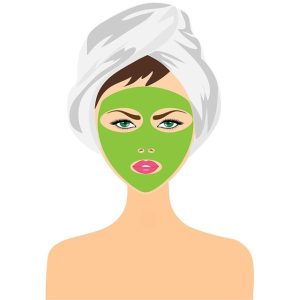Botox for Facial Contouring involves injecting botulinum toxin into problem areas to reduce wrinkles and imperfections by relaxing muscles, offering non-surgical enhancements with minimal downtime. Popular for treating dynamic lines around eyes, forehead, and mouth, it provides subtle improvements without risks of extensive surgery. Qualified healthcare professionals ensure safety, with temporary results lasting 3-6 months requiring touch-ups. Choosing experienced providers and proper post-treatment care are crucial for optimal outcomes.
“Discover the transformative power of Botox in shaping your facial contours without surgery. This comprehensive guide explores how Botox Injections can redefine your features, addressing specific areas of concern. From understanding its basic mechanics to unlocking its potential for non-surgical contouring, we delve into the benefits, common treatment areas, and safety considerations. Learn what to expect during and after procedures, and find expert advice on choosing the right provider and maintenance care.”
Understanding Botox: The Basics and Its Uses
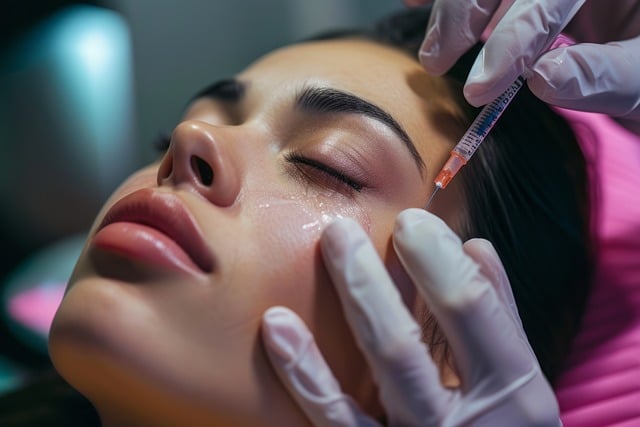
Botox, short for Botulinum Toxin, is a protein produced by bacteria that has found its way into the realm of cosmetic and medical procedures. When injected into specific muscles, it temporarily paralyses or relaxes them, leading to a range of beneficial effects. In the context of Botox for Facial Contouring, this treatment involves strategically injecting small amounts of Botox into problem areas to reduce the appearance of facial wrinkles and imperfections.
Its primary use is to smooth out fine lines and wrinkles that develop over time due to muscle movement. By relaxing the targeted muscles, Botox can prevent or minimize dynamic lines around the eyes, forehead, and mouth, offering a more youthful and refined facial appearance. This non-surgical procedure has gained popularity as a game-changer in aesthetic medicine, providing a temporary yet effective solution for those seeking subtle improvements in their facial contouring without extensive surgery.
Unlocking Facial Contouring with Botox Injections

Botox has emerged as a game-changer in the realm of facial contouring, offering a non-surgical approach to enhancing and redefining one’s appearance. By injecting small amounts of botulinum toxin into specific muscle groups, experts can achieve precise control over facial dynamics. This innovative technique allows for the relaxation of muscles that contribute to unwanted lines and bulges, leading to a more sculpted and defined visage.
Unleashing the power of Botox for facial contouring provides individuals with a subtle yet transformative solution. It’s an artful process where skilled practitioners map out treatment areas to achieve desired outcomes, whether it’s lifting the corner of the eye for a youthful glow or smoothing out jowls for a more chiselled jawline. This advanced aesthetic procedure promises natural-looking results, making it a popular choice for those seeking subtle enhancements without undergoing extensive surgeries.
How Does Botox Work for Shaping the Face?

Botox, a well-known cosmetic treatment, has emerged as a powerful tool for facial contouring. Its mechanism is quite simple yet effective; by injecting a small amount of botulinum toxin into specific muscle groups, it relaxes and weakens these muscles, leading to significant changes in facial structure. This process allows for the reduction or elimination of unwanted facial lines and wrinkles, providing a more defined and sculpted appearance.
The beauty of Botox for facial contouring lies in its non-surgical nature and minimal downtime. It works by blocking nerve signals that cause muscle contraction, resulting in a smoother and more contoured face. This procedure is particularly popular among individuals seeking subtle yet noticeable enhancements to their facial features, offering a natural-looking alternative to surgical interventions.
Benefits of Using Botox for Non-Surgical Contouring
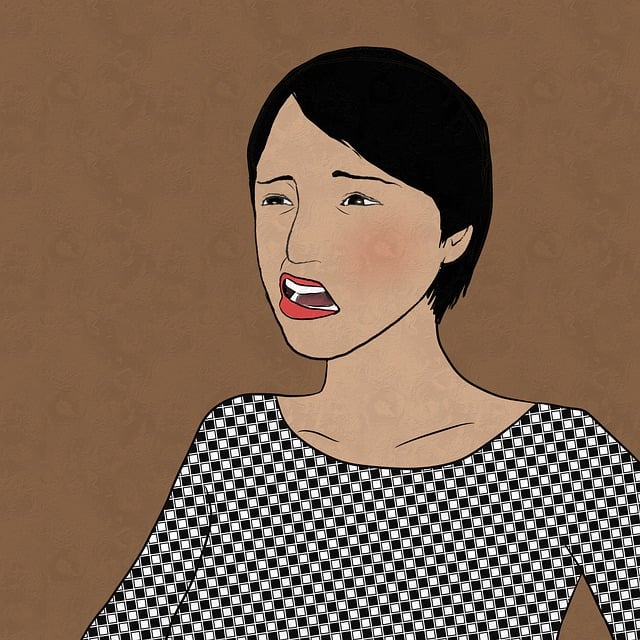
Botox for facial contouring offers a non-surgical alternative to traditional cosmetic procedures, appealing to those seeking subtle yet effective enhancements. One of its key advantages is minimal downtime and recovery compared to surgery. Patients can expect immediate results with little to no scarring or discomfort. This treatment focuses on relaxing specific muscle groups, reducing the appearance of fine lines and wrinkles, and redefining facial contours.
Additionally, Botox provides a natural-looking enhancement. It allows for precise adjustments, ensuring a balanced and harmonious face. Many patients appreciate its ability to target problem areas without altering their overall facial structure. This non-invasive approach is particularly popular among individuals who want to maintain a youthful appearance while avoiding the risks and extensive recovery periods associated with surgical procedures.
Common Areas for Botox Facial Contouring Treatments

Botox for facial contouring has become a popular non-surgical aesthetic procedure, allowing individuals to achieve desired facial shapes and reduce the appearance of fine lines and wrinkles. Common areas targeted during these treatments include the forehead, eyes (crows’ feet), and cheeks. On the forehead, Botox can smooth out frown lines and vertical wrinkles between the brows, creating a more youthful and relaxed appearance. Around the eyes, it effectively reduces the depth of crow’s feet and expression lines, giving a refreshed look. In the cheeks, Botox is used to minimize the appearance of bulging or sagging skin, providing a more defined and contoured facial structure. These specific injection sites enable practitioners to tailor treatments to individual needs, ensuring natural-looking results that enhance overall facial harmony.
The Safety Profile of Botox: What You Need to Know

Botox, a well-known treatment for reducing facial wrinkles, has also emerged as a powerful tool for facial contouring. However, before undergoing this procedure for cosmetic purposes, it’s essential to understand its safety profile. Botox is generally considered safe when administered by a qualified healthcare professional, such as a dermatologist or plastic surgeon. Numerous clinical studies and years of experience have established its safety and efficacy in various applications, including facial contouring procedures.
The most common side effects are temporary and mild, including bruising, swelling, and discomfort at the injection site. In rare cases, botulism, a severe muscle weakness condition, can occur, but this is usually linked to excessive or improper use. When used for facial contouring, Botox helps relax specific muscles, reducing their activity and preventing them from causing unwanted lines and contours. This non-surgical approach offers a safe and effective way to achieve desired facial shapes without significant risks, making it an attractive option for those seeking subtle yet impactful changes in their facial structure.
What to Expect During and After a Botox Procedure

During a Botox for facial contouring procedure, patients can expect a relatively quick and virtually painless experience. The process typically involves the injection of Botox into specific muscles to temporarily paralyze them, reducing or eliminating unwanted facial lines and wrinkles. You may feel a slight stinging sensation at each injection site, but many patients report that the procedure is well-tolerated, even without anaesthesia. After the treatment, there might be some mild redness, swelling, or bruising at the injection sites, which usually subside within a few days.
In the days following the Botox procedure, you’ll start to see the results as the muscle relaxation takes effect. This can lead to a more youthful appearance with smoother skin and reduced facial tension. It’s important to remember that the effects of Botox are temporary, typically lasting between 3 to 6 months, after which touch-up treatments may be necessary to maintain the desired contouring. During this period, you’ll have a chance to enjoy your refreshed look before considering additional sessions for sustained results.
Choosing the Right Provider for Your Facial Contouring Journey
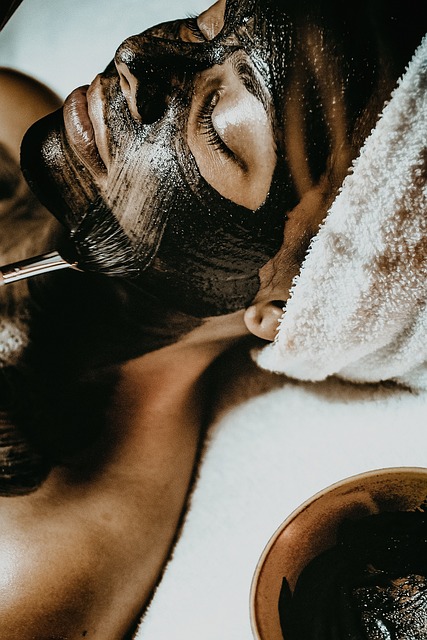
Embarking on a journey of facial contouring with Botox requires careful consideration, especially when it comes to choosing the right provider. It’s crucial to select an experienced and reputable professional who specialises in Botox for Facial Contouring. Look for certified and licensed practitioners who have a proven track record of successful procedures and positive client feedback.
Research their qualifications, training, and the specific techniques they employ. Reputable providers will be happy to discuss your goals, address any concerns, and offer tailored recommendations based on your unique facial structure and desired outcomes. They should provide comprehensive information about the procedure, potential risks, and benefits, ensuring you make an informed decision for a safe and effective Botox experience.
Maintenance and Follow-Up Care After Botox Treatment
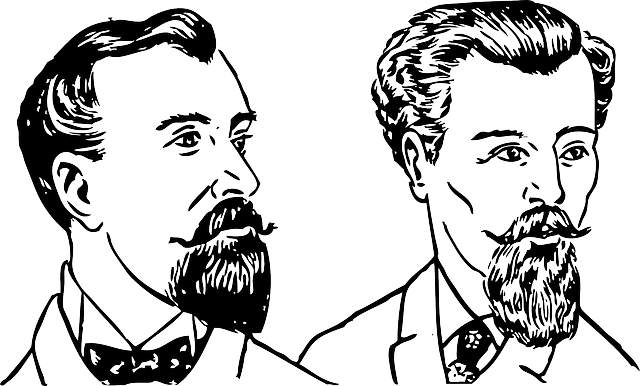
After your Botox for facial contouring treatment, proper maintenance and follow-up care are crucial to ensure optimal results. It’s recommended to avoid strenuous exercise or extreme temperatures for a few days following the procedure to minimize swelling and discomfort. Additionally, steer clear of makeup, lotions, or any skincare products that might irritate the treated area during this time.
Regular check-ins with your dermatologist or aesthetic provider are essential. They can assess the progress, address any concerns, and determine if additional treatments are necessary to maintain the desired facial contouring effects. Remember, Botox is a temporary solution, so continued care will be needed to sustain the results over time.
